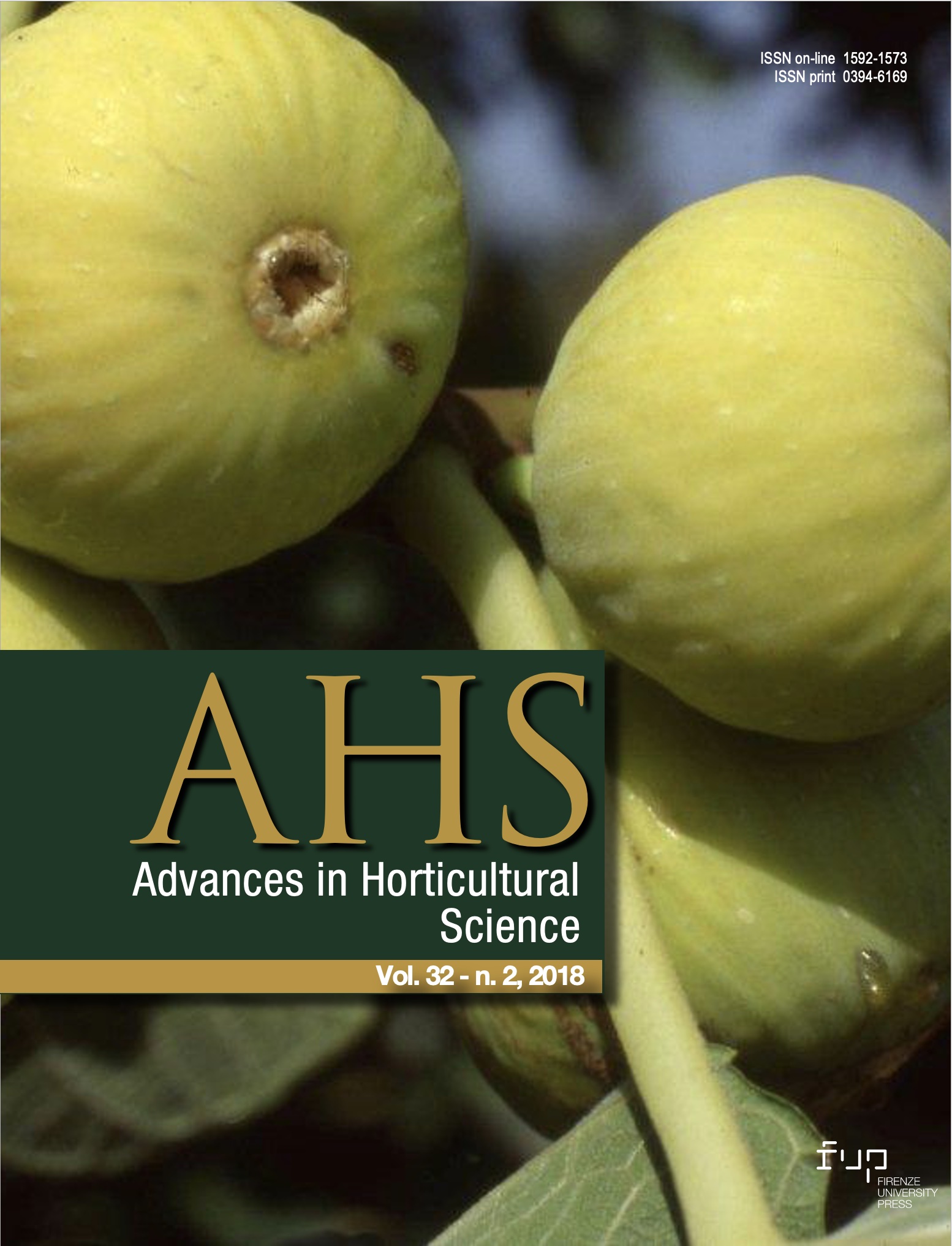The monitoring program of grapevine phytoplasmas in Tuscany (Italy): results of a four year survey
Published 2018-04-18
Keywords
- bois noir,
- flavescence dorée,
- grapevine yellows
How to Cite
Abstract
Quantitative PCR protocols for phytoplasma detection were used to
monitor grapevine yellows (GY) in 373 vineyards located in nine Tuscan districts. Among more than 70,000 plants visually monitored, 1.867 plants were sampled and “flavescence dorée” phytoplasmas (FD) were detected in 122 plants and mainly identified as trains belonging to 16SrV-C subgroup. The “bois noir” (BN) phytoplasma was found in 734 samples, with prevalence of tufB type-b strains. The 2013–2015 monitoring program was strongly influenced by the first survey (2012) in which FD was found consistently in the North West (15 samples), whereas only a few cases were observed in the East territory (2 samples). Both areas were thoroughly monitored in the following years: few foci were found in the East (2 in 2014, 1 in 2015), while several infected areas were found in the North West (6, 10 and 22 foci in 2013, 2014 and 2015, respectively). Definitely, the novel FD foci detected in the survey (17, 6, 12 and 23 in each year of survey) and the widespread of BN, suggest a dangerous distribution of GY in Tuscany.






